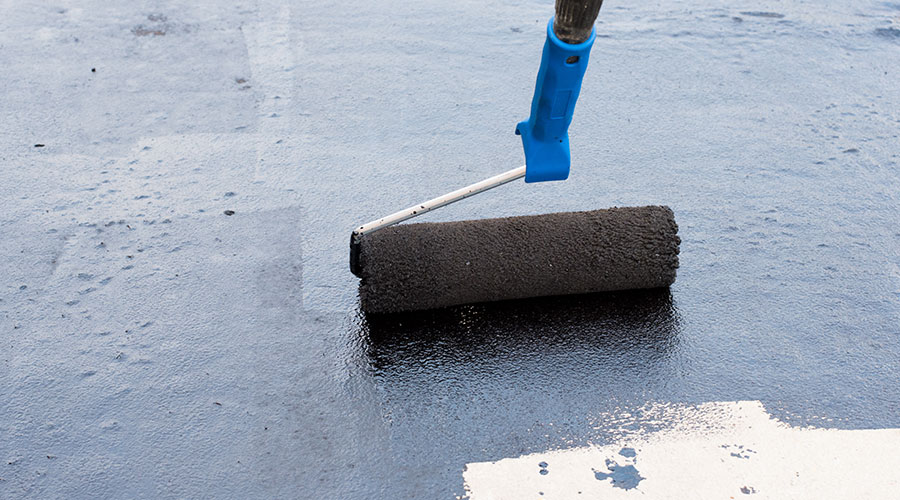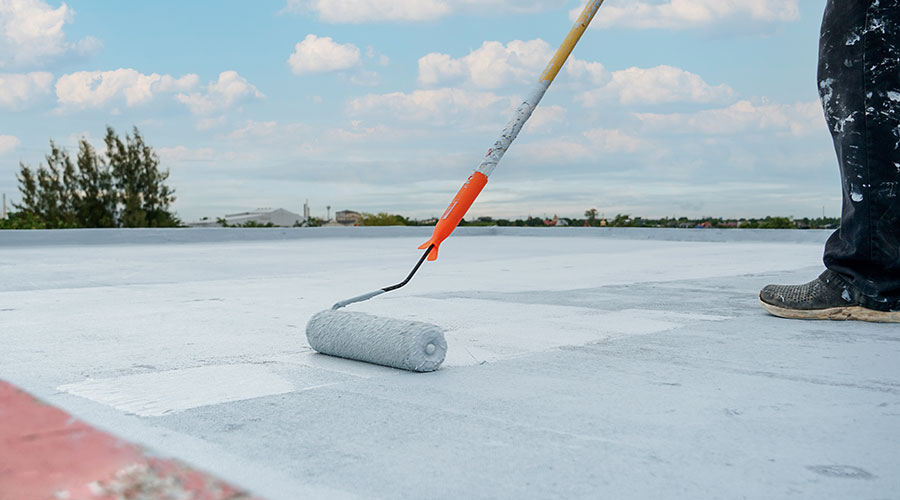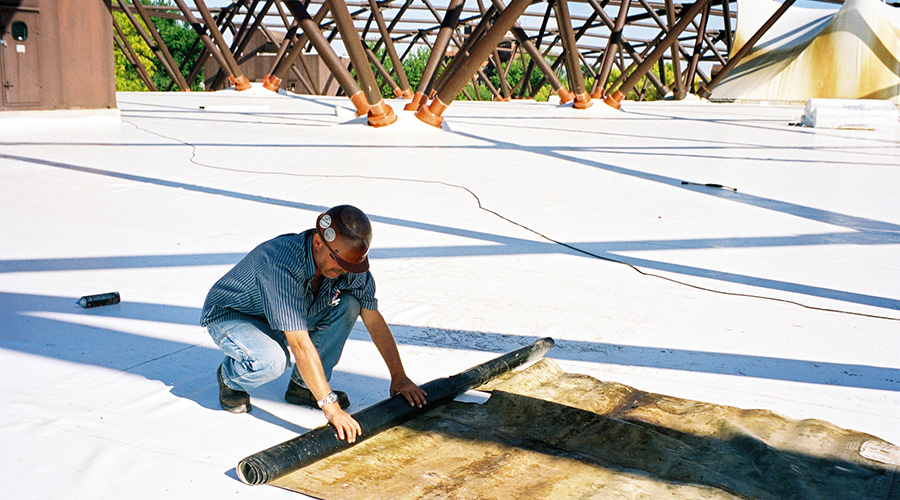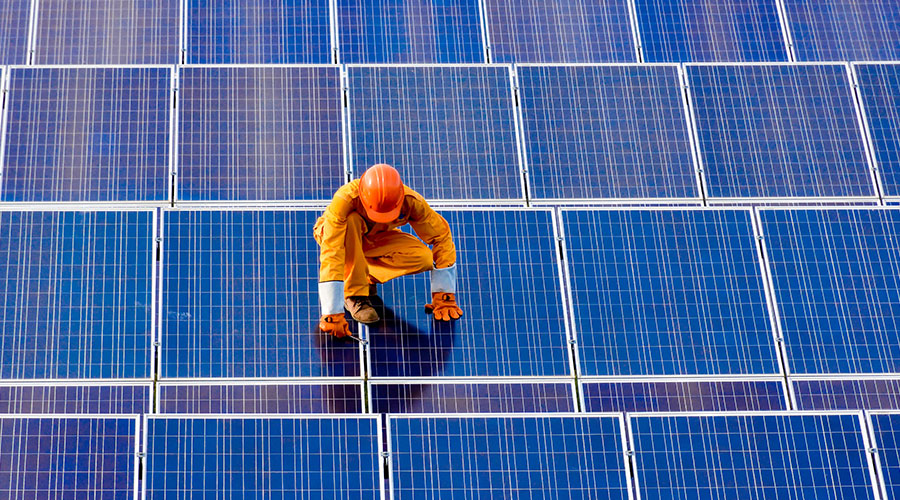Keeping A Roof In Shape: Finding Leaks, Drainage Problems, Damage
Regular inspections are a great way to keep the roof in good shape. Among other things, an inspection can help find leaks, drainage problems, and damage from vegetation.
4. Leak Assessment
Leaks after heavy rain are the primary trigger for most inspections. But a leak is only symptomatic of a problem that may have been building for some time. In some cases, if you're looking for a silver lining, a leak is actually good news. That's because without evidence of a roof leak, a festering problem of undetected moisture infiltration may continue to create unseen deterioration, such as rotting wood, mold, wet insulation, or corrosion.
It takes an experienced professional to conduct a thorough leak investigation and diagnosis, because the entry point for moisture may be far away from the visual evidence or detection point. Leaks can be evidence of serious roof problems or minor local issues. Many roofs in excellent condition occasionally have leaks due to minor flashing problems.
As a general rule, low slope roofs rarely leak in the open field of the roof. Leaks tend to occur around discontinuities, such as changes in elevation, penetrations, expansion joints, and flashings. On the other hand, severely deteriorated roofs may not show visible evidence of leakage, particularly over concrete decks where water may migrate a great distance before reaching an entry point through the concrete. When such a condition occurs, damage due to moisture saturation of the roof insulation may be so significant that the roof must be replaced.
5. Proper Drainage
Few characteristics are as important to roof performance as roof slope and drainage. Water standing on a roof increases the likelihood of leaks and moisture infiltration many-fold. Ensuring good drainage is a very important reason for regular roof inspections. Leaves, trash, debris, and thrown objects often clog or obstruct roof drains, thus creating standing water conditions. Regular cleaning of roofs can help remove such obstructions and permit water to drain efficiently, thereby reducing the likelihood of leaks. Moreover, water is heavy — weighing approximately 5 pounds per square foot per inch deep. Poor drainage also accelerates deterioration of roofing materials, leading to a shorter life of the entire roof assembly. If a leak occurs from standing water, insulation can become saturated over a wide area, requiring complete roof replacement.
6. Vegetation Damage
Vegetation can grow on roofs when gutters and other low areas are not cleaned regularly. Birds land and nest on roofs. They also deposit seeds, which promote the growth of vegetation. Gutters are a particular source of vegetation growth because of the accumulation of dirt, seeds, and moisture. In addition, tree branches scraping on roofs during wind can cause significant damage. Gutters should be cleaned regularly, and trees near roofs should be trimmed to prevent contact with roof surfaces.
A further problem with vegetation growth is that roots can penetrate through the roof membrane and create leakage. Root damage to roofs from vegetation can be significant and pervasive. Regular inspection can help draw an owner's attention to a budding problem before further damage is done.
Related Topics:













